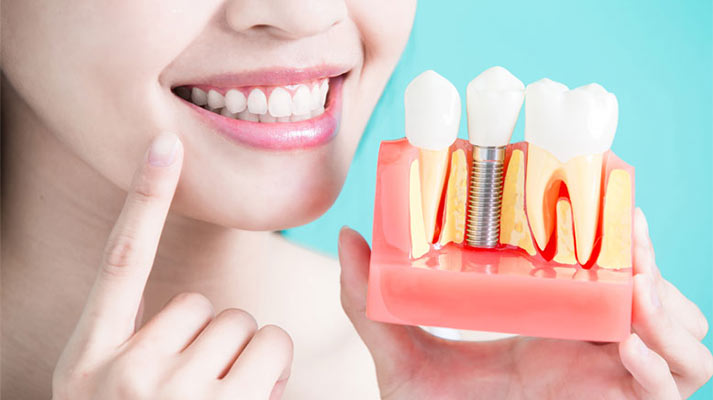
Dental Implants vs. Dental Bridge: Which should you choose?
Unfortunately, missing teeth can lead to more oral health issues. From decaying teeth to impediments with your speech, there comes a time where you have to choose the best remedy for the situation: dental implants or a dental bridge – which will work best for your lifestyle?
Also known as tooth bridge, the dental bridge is responsible for encouraging and providing support within the mouth so that your healthy teeth don’t shift around.
What are the differences between a bridge and implant, though?
A Dental Bridge and What One Does
When you get a dental bridge, you’ll be fitted from your dentist so that it will fit comfortably in between your abutment teeth. After this is done, the bridge is cemented to those healthy teeth, acting as a type of anchor for those healthy teeth. In doing so, this eliminates them from moving or shifting from their original spots. Depending on your situation, your dentist will see if the bridge can be fitted next to your normal teeth, or if you must get some sort of crown installed to ensure optimal efficiency. The artificial teeth in the dental bridge set are also known as “pontic” teeth.
What’re the Differences of a Dental Bridge vs. Implants?
Dental bridges are anchored to your mouth by being placed in between healthy teeth or “abutment” teeth, whereas dental implants are anchored by being screwed into your jaw. Implants are generally more natural in appearance and the way they feel, while bridges aren’t so natural feeling; however, implants require a heavier amount of surgery, and you may be sent somewhere other than your regular dentist for this.
Issues that may arise when you don’t remedy a gap include the following:
- Your other teeth next to the gap may loosen quite a bit. When this happens, they shift from their original spots.
- Children that have gaps may suffer when it comes to their adult teeth coming in. If teeth are shifting out of their original placements, their new teeth can’t comfortably come in.
- Your bite can also be affected quite a bit when it comes to gaps in your teeth and said teeth shifting. When your bite is off, your jaw can become quite sore, and you’ll need a bite adjustment to remedy the situation.
When your bite is off, or your teeth are shifting, you might suffer from migraine-like headaches, nose issues, and even throat problems.
Types of Bridges
- Traditional – These types of bridges are composed of ceramic or porcelain, and infused with metal pieces.
- Bonded – A bonded bridge is one that’s made from metal, and has a type of “wing” clip to attach to the healthy teeth. The aforementioned is much less expensive than traditional or other types.
- Cantilever – A cantilever bridge is a bridge that is only supported on one side, not both.
Caring for Your Implants or Bridge
Whether you’re getting an implant or bridge, it’s important to brush your teeth twice a day, and floss. In doing so, you promote a healthy environment and lower the risk of bacterial infections. Bridges have approximately a decade for a lifespan, and you’ll want to make sure it lasts as long as possible with great oral hygiene.
Unsure of what is the best option for you? Please contact Dentistry For You at 905.731.1871 to setup an appointment today.